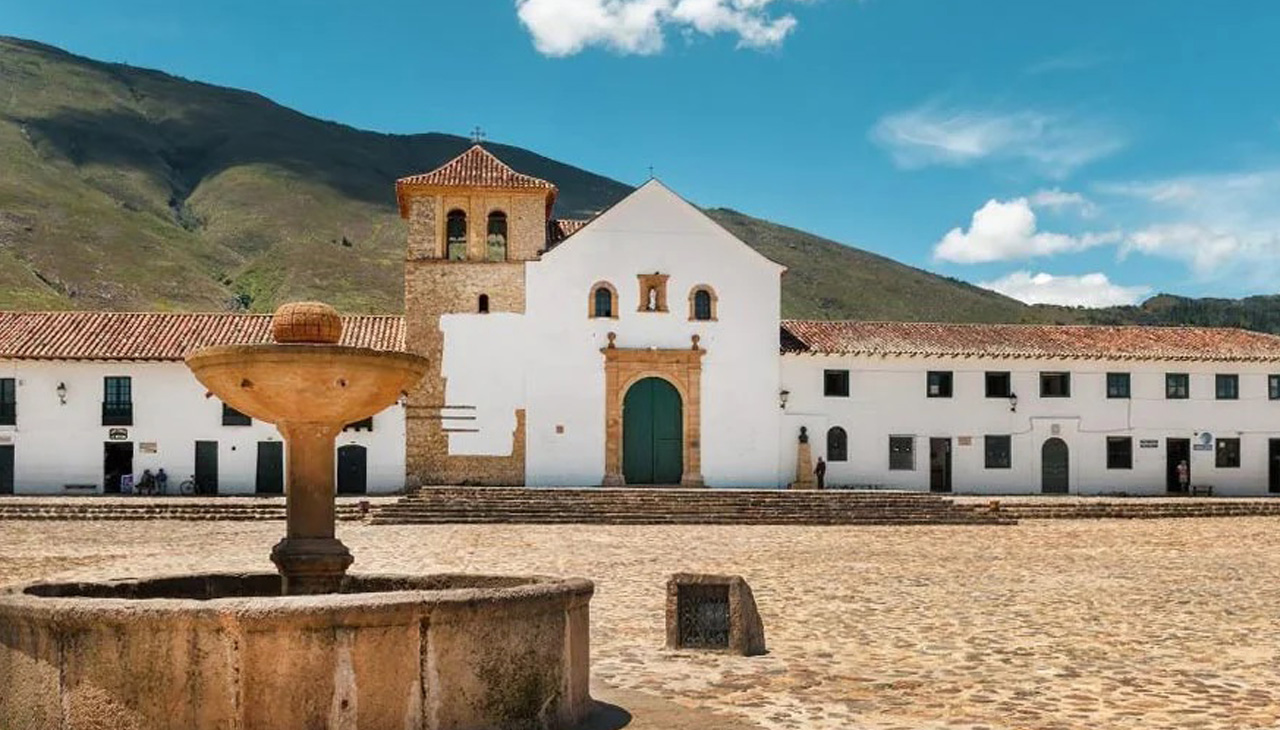
Champeta: A rhythm made in the Colombian Caribbean
From African rhythms to world music genres, champeta narrates the resistance of the people.
African culture has permeated all areas of Cartagena and Colombian Caribbean culture. The food, clothes, music and dances were passed down from the first African people who arrived in America.
The champeta is a musical rhythm that for decades has sounded strong in Cartagena neighborhoods. It was a genre created by the slaves who managed to free themselves from their masters during the 18th century and who to this day live in the town of San Basilio de Palenque.
These African rhythms were mixed with urban music to create the champeta that is sung and danced to today in Cartagena.
RELATED CONTENT
"What we did in Cartagena was to fuse the music, rhythm and dance from different parts and turn it into champeta," Jordany The Producer, a champeta producer who has worked with artists such as Mr. Black and Kevin Flórez, two of the genre's greatest exponents, told the BBC.
In its beginnings, the genre was played in "casetas" or neighborhood parties, where the most popular songs of the "picós" (from the English "pick up") were played at high volume. Today, champeta sounds in all the radio stations of Cartagena and Colombia, besides being a genre that has taken forces to represent the country abroad, as was the case of Shakira's presentation at the Super Bowl in 2020.
The artists of this genre state that champeta was born in the neighborhood, in the streets, and its lyrics demonstrates the struggle for survival of the Blacks and Mestizos of the Caribbean.
"It is a gesture of pride, of vindication, of creativity and of response to an inequity, of shaking off adverse circumstances," said Walter Hernández, researcher and singer from the group Systema Solar.
Champeta is a contagious and lively genre that allows us to understand how Caribbean culture has merged with all its Spanish and African ancestors to show what it is today. This is a representative genre of the city that shows a form of socio-cultural resistance for those who practice it.











LEAVE A COMMENT: